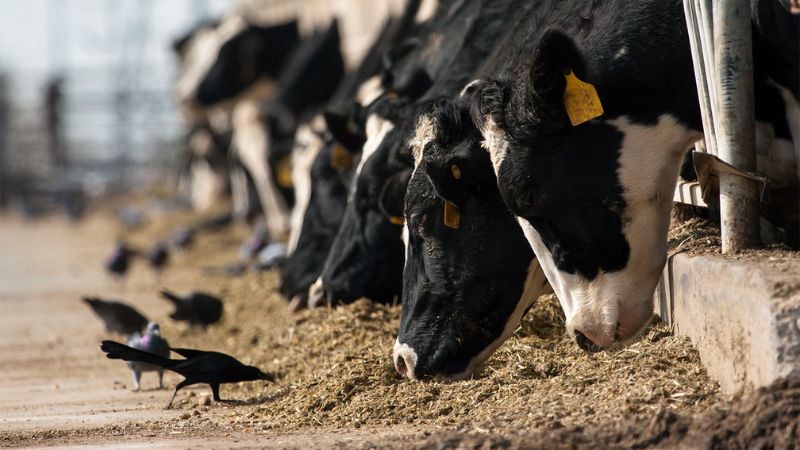Recent spree of cases of US poultry mammals like cows, infected with the H5N1 virus, more commonly known as the Avian flu, or bird flu, has sparked discussion among the experts about a next potential outbreak. This new pandemic could be nearly a ‘100 times worse than COVID’ as reported by UK news outlet Daily Mail. While most cases of Bird Flu has been reported in poultry, its transmission to humans and rate of spread between mammals have raised concerns.
The United States Department of Agriculture (USDA) confirmed that Washington, Kentucky and Montana have reported bird flu cases in mammals this year. Most recently, a dairy worker in Texas was reported to be the second person to be infected with the bird flu in US.
What do the experts say?
Dr. Suresh Kuchipudi, a prominent bird-flu researcher in Pittsburgh, warned during a briefing to the press that H5N1 flu can cause a pandemic due to its ability to infect a wide range of mammals. Similarly, John Fulton, a pharmaceutical consultant for the Canada-based pharmaceutical company BioNiagara, shared these concerns, saying that the virus could be a 100 times worse if it mutates and maintains its high fatality rate.
World Health Organization (WHO) data shows that 52 out of every 100 patients infected with H5N1 virus have died since 2003, making its fatality rate over 50 per cent. Meanwhile, the current Covid fatality rate is 0.1 per cent, dropping down from 20 per cent from the start of the pandemic. Out of the total 887 reported cases of the bird flu virus, 462 deaths were recorded, according to WHO data.
Similarly, Dr. Chris Walzer, who works for the Wildlife Conservation Society, said: “I think it’s quite likely. This avian influenza outbreak has been one of the largest threats to wildlife globally. We just can’t wait for it to hit human populations.”
How worried should you be?
For decades, the virus has been common among wild birds, particularly poultry, with over 82 million animals affected in 48 states. Now that it has expanded to mammals, people are worried about contracting the virus, despite the fact that the danger is currently low and can only be defined as non-zero.
Despite isolated reports of other types of influenza in cattle, cows were not believed to be highly susceptible to the virus until 2011, when scientists discovered a new form of the virus, influenza D, in cows and pigs in France and the US.
And then there are the concerns over the human who contracted the virus, seemingly from direct contact with cattle. The Texas worker infected with the virus’ symptoms were conjunctivitis, or eye inflammation, with seemingly no involvement of the respiratory system. Recent report by CDC also suggests the virus samples taken from the birds and the infected cow do not show any worrisome mutation which may likely increase the chances of it infecting humans.
As to the concerns over transmission, experts say that food supply is not at risk. Food workers are required to destroy milk produced by infected cows and so far, the spread is not enough in the supply chain to cause concern. Also as per reports, bird flu is very weak outside of a host, so the viral strain in dairy is likely to be removed during the pasteurization process.
However, while the risk of the virus spreading to humans and causing an outbreak are low, they are not non-zero. Experts say that vigilance is of the utmost importance, as the COVID pandemic proved how quickly a virus can spread and wreak havoc across the globe.
